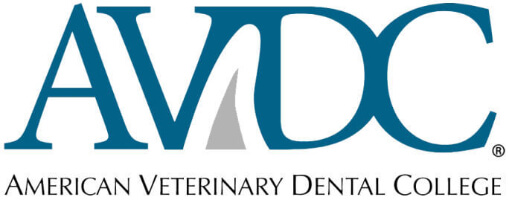
Regular treatments help protect your pet’s dental health
The basis of a routine periodontal treatment is recognition and prevention of oral pathology through a comprehensive exam.
We recommend dogs and cats to have an oral examination at least once a year. In some cases, more frequent examinations and care may be recommended.
Oral Examinations
We perform a five-component oral exam on every patient, which helps us identify any potential problems. We then provide a plan, treatment, and prevention.
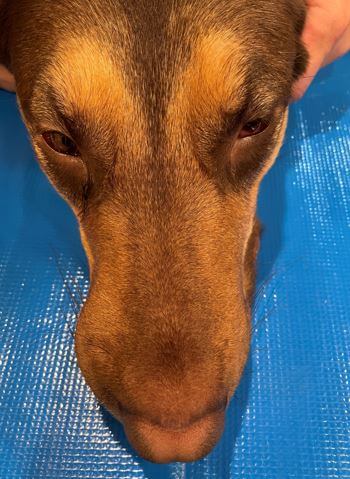
External Exam
The external exam evaluates your dog or cat’s head and structures, such as the nose, muscles, and eyes for any abnormalities. We play close attention to facial symmetry, facial swelling, and any drainage from the eyes, nose or skin.
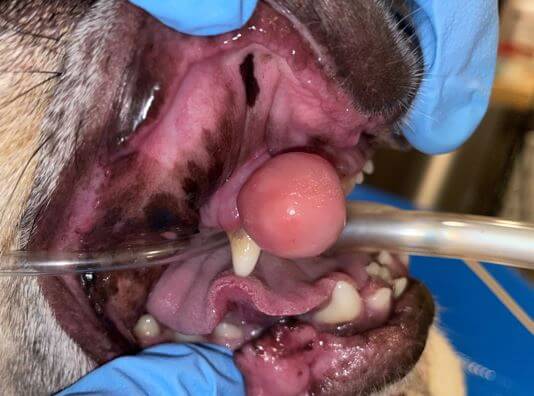
Oral Soft Tissue
The oral soft tissues include all structures within the oral cavity such as the gingiva, tongue, cheeks, throat, tonsils, and hard and soft palates.
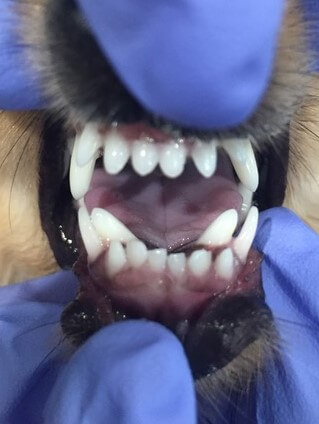
Occlusion
Occlusion refers to the grinding function of the teeth when the jaws are brought together. Occlusion may also be affected by the anatomy of the dog or cat’s head. For example, an overbite or underbite may be present if the length of the lower jaw is not equal to that of the upper jaw.
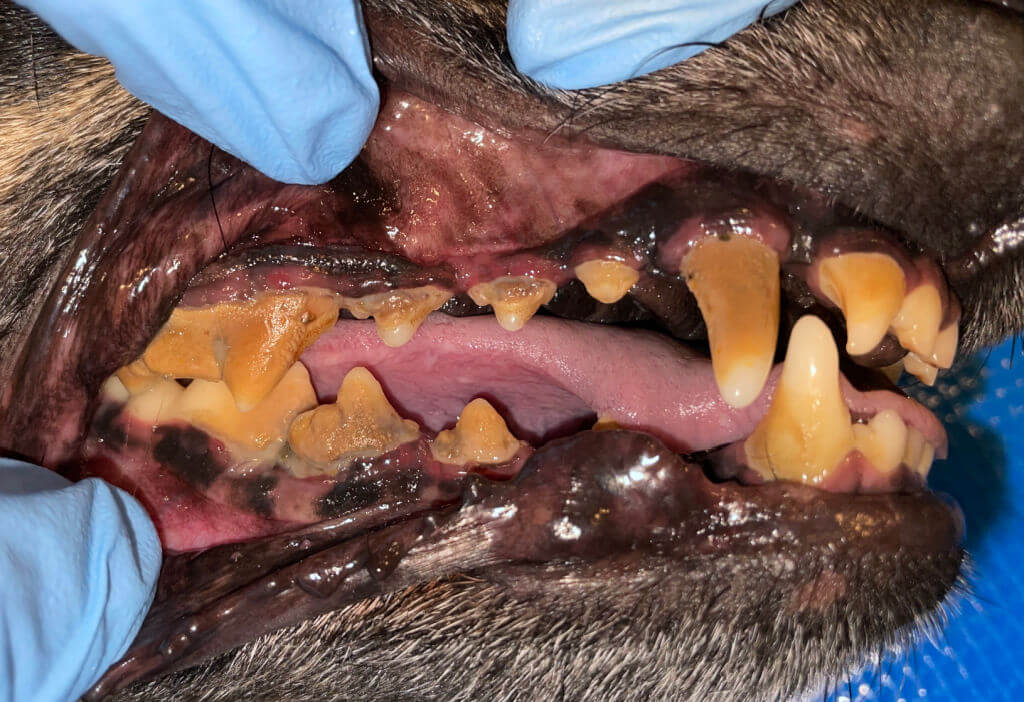
Periodontal
Periodontal status looks at the gums and other tissues surrounding the teeth. Periodontal disease can be extremely painful and does affect the quality of your pet’s life. Advanced disease will eventually lead to gingival recession and bone loss, resulting in tooth loss.
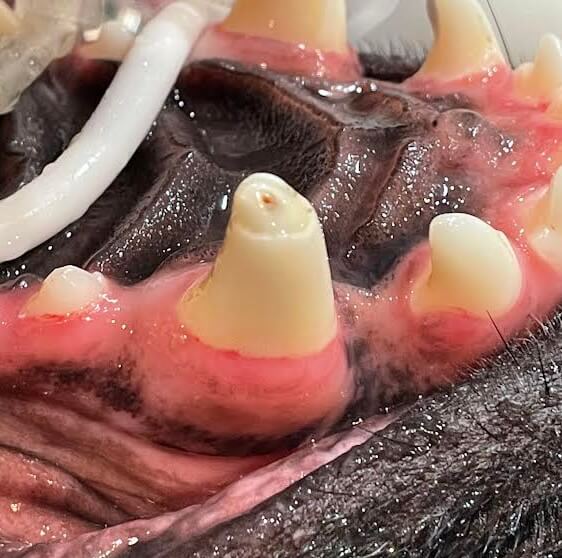
ENDODONTIC
Endodontic disease involves the internal structures of the tooth. Majority of tooth structure is located below the gingiva. Each patient receiving a routine periodontal treatment will receive full mouth radiographs to evaluate the health of each tooth.
Pre-Anesthetic Bloodwork
Each patient will have blood work performed at our clinic the morning of the procedure to ensure to your pet can safely process and eliminate anesthetics. This will also verify there are no hidden illnesses present.
The blood work consists of the following tests:
- Complete Blood Count- assesses for anemia and/or infection
- BUN- kidney
- Glucose- sugar
- ALT- liver
- Total Protein- hydration
- Creatinine- kidney
- Alkaline Phosphorous- liver
- Albumin- protein
- Amylase- pancreas
- Calcium
- Globulin- immune status
- Phosphorous- kidney
- Sodium
- Bilirubin- liver
- Cholesterol
- General Anesthesia
Pets, unlike humans, won’t consciously tolerate oral examinations and treatments. For the safety of your pet and our staff, every dog and cat dental procedure will receive general anesthesia. Each patient will have an intravenous (IV) catheter placed and will receive IV fluids. The IV catheter will ensure a direct route to your pet’s circulatory system. IV fluids will help to balance hydration, maintain proper blood pressure, stabilize pre-existing conditions, and assist in the elimination of anesthetics.
Routine Periodontal Treatment
After each tooth is examined and any abnormalities documented, each tooth will be properly cleaned both above and below the gingiva by ultrasonic cleaning and hand scaling. Each tooth will then be polished to create a smooth surface, which will slow the buildup of new plaque.
Radigrographs
Radiographs are extremely important in every dental procedure. The portion of the tooth we can visibly see above the gingiva consists of approximately only ⅓ of the tooth. Each patient will receive a full mouth series, which will allow us to evaluate each tooth’s health and help us provide optimal treatment plans.
Request a small animal appointment
Providing routine periodontal treatment is key to ensuring a quality life for your pet. We are here to help provide the needed services to prevent and treat this disease.
Routine Periodontal Treatment
Pediatric Dentistry
Oral Surgery
Oral Disease Management
Periodontics
Restoration & Endodontics


